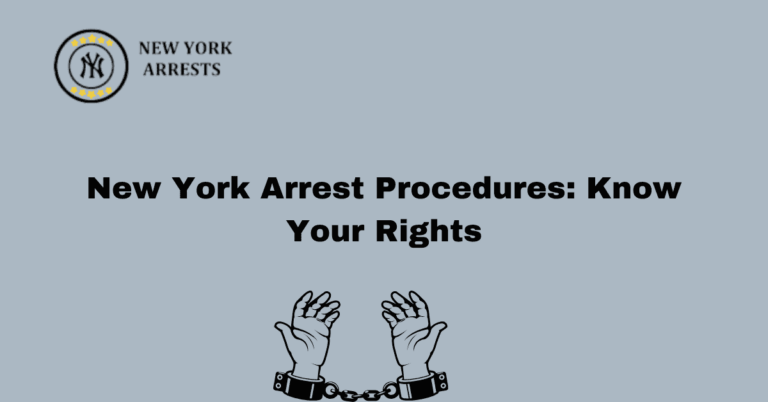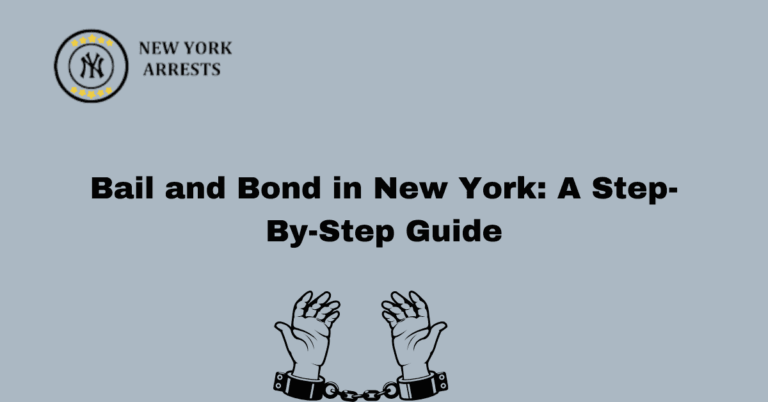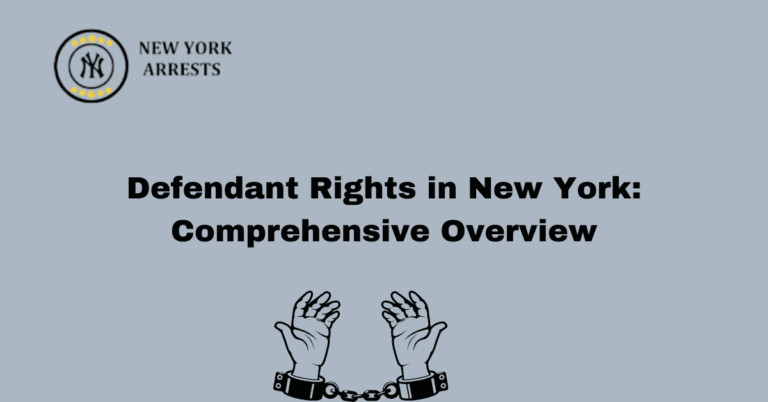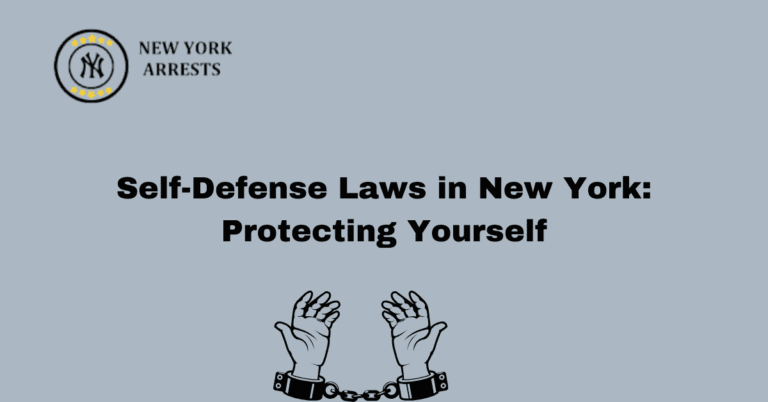Preserving Tradition: Music and Arts in New York
New York City, a vibrant metropolis renowned for its skyscrapers, bustling streets, and diverse population, is also a melting pot of artistic expression. From the jazz clubs of Harlem to the galleries of Chelsea, the city pulsates with creativity. But amidst the ever-changing landscape of modernity, there lies a crucial task: the preservation of tradition in music and arts.
Historical Roots of Music and Arts in New York
The roots of New York’s music and arts scene run deep, tracing back to the early days of settlement. From the bohemian neighborhoods of Greenwich Village to the grand theaters of Broadway, the city has been a breeding ground for artistic innovation. Icons like Duke Ellington, Andy Warhol, and Langston Hughes have left an indelible mark on the cultural fabric of New York.
Diverse Cultural Influences
One of the city’s greatest strengths is its diversity. Over the decades, waves of immigrants from every corner of the globe have brought their unique traditions and art forms to New York. Whether it’s the vibrant rhythms of salsa in Spanish Harlem or the haunting melodies of traditional Chinese opera in Chinatown, the city’s cultural mosaic is a testament to its rich heritage.
Impact of Urbanization and Globalization
However, the relentless march of urbanization and globalization poses a threat to traditional music and arts. Gentrification pushes out longstanding communities, while digitalization threatens to homogenize artistic expression. Traditional artists find themselves grappling with the challenge of preserving their heritage in a rapidly changing world.
Initiatives for Preservation
Yet, amidst these challenges, there are rays of hope. Organizations like the Center for Traditional Music and Dance and the Museum of Chinese in America are dedicated to preserving and promoting traditional arts. Festivals like the National Puerto Rican Day Parade and the West Indian American Day Carnival celebrate the cultural diversity of New York.
Role of Education and Community Engagement
Education plays a vital role in passing down cultural knowledge to future generations. Schools and community centers offer classes in everything from traditional dance to folk music. By engaging with local communities, artists can ensure that their traditions remain alive and relevant.
Revitalizing Traditional Practices
Innovation is key to revitalizing traditional practices. Many artists are finding ways to blend old and new, infusing traditional forms with contemporary elements. This fusion not only breathes new life into ancient art forms but also attracts younger audiences who may otherwise be disengaged.
Challenges and Opportunities
Of course, challenges remain. Economic pressures, dwindling audiences, and a lack of institutional support threaten the survival of traditional arts. But where there are challenges, there are also opportunities for collaboration and innovation. By working together, artists, activists, and policymakers can ensure that tradition thrives in the modern world.
Case Studies: Success Stories
There are countless examples of successful preservation efforts in New York. From the revival of Yiddish theater in the Lower East Side to the preservation of Native American crafts in Brooklyn, these success stories serve as inspiration for future generations of artists and cultural activists.
Future Outlook
As we look to the future, one thing is clear: the preservation of tradition is essential to the soul of New York. By honoring the past while embracing the future, we can ensure that the city remains a beacon of creativity and diversity for generations to come.
FAQs
How does New York preserve tradition in music and arts?
New York preserves tradition in music and arts by hosting numerous festivals and events throughout the year that showcase local talent and traditional art forms. Additionally, the city supports and funds various cultural institutions and organizations that promote and preserve traditional music and arts.
What are some traditional music and art forms in New York?
New York is known for its diverse range of traditional music and art forms. Some examples include jazz, hip-hop, Broadway musicals, graffiti art, and classical music. These art forms have deep roots in the city’s history and continue to be celebrated and preserved.
How does New York support traditional musicians and artists?
New York provides a supportive environment for traditional musicians and artists through grants, scholarships, and residency programs. The city also offers performance spaces and galleries where artists can showcase their work. Additionally, there are various organizations and associations that provide resources and opportunities for traditional musicians and artists.
Are there traditional music and art schools in New York?
Yes, there are several traditional music and art schools in New York. These schools offer specialized training and education in traditional art forms such as music, dance, theater, and visual arts. They aim to preserve and pass on traditional techniques and practices to future generations.
How does New York promote cultural diversity in music and arts?
New York celebrates cultural diversity in music and arts by providing platforms for artists from different backgrounds to showcase their work. The city actively encourages collaborations and fusion of different cultural influences, resulting in unique and innovative artistic expressions.
What are some major music and art events in New York?
New York hosts numerous major music and art events throughout the year. Some notable examples include the New York Philharmonic concerts, Broadway shows, art exhibitions at the Metropolitan Museum of Art, and music festivals like the Governor’s Ball and SummerStage. These events attract both local and international audiences.







